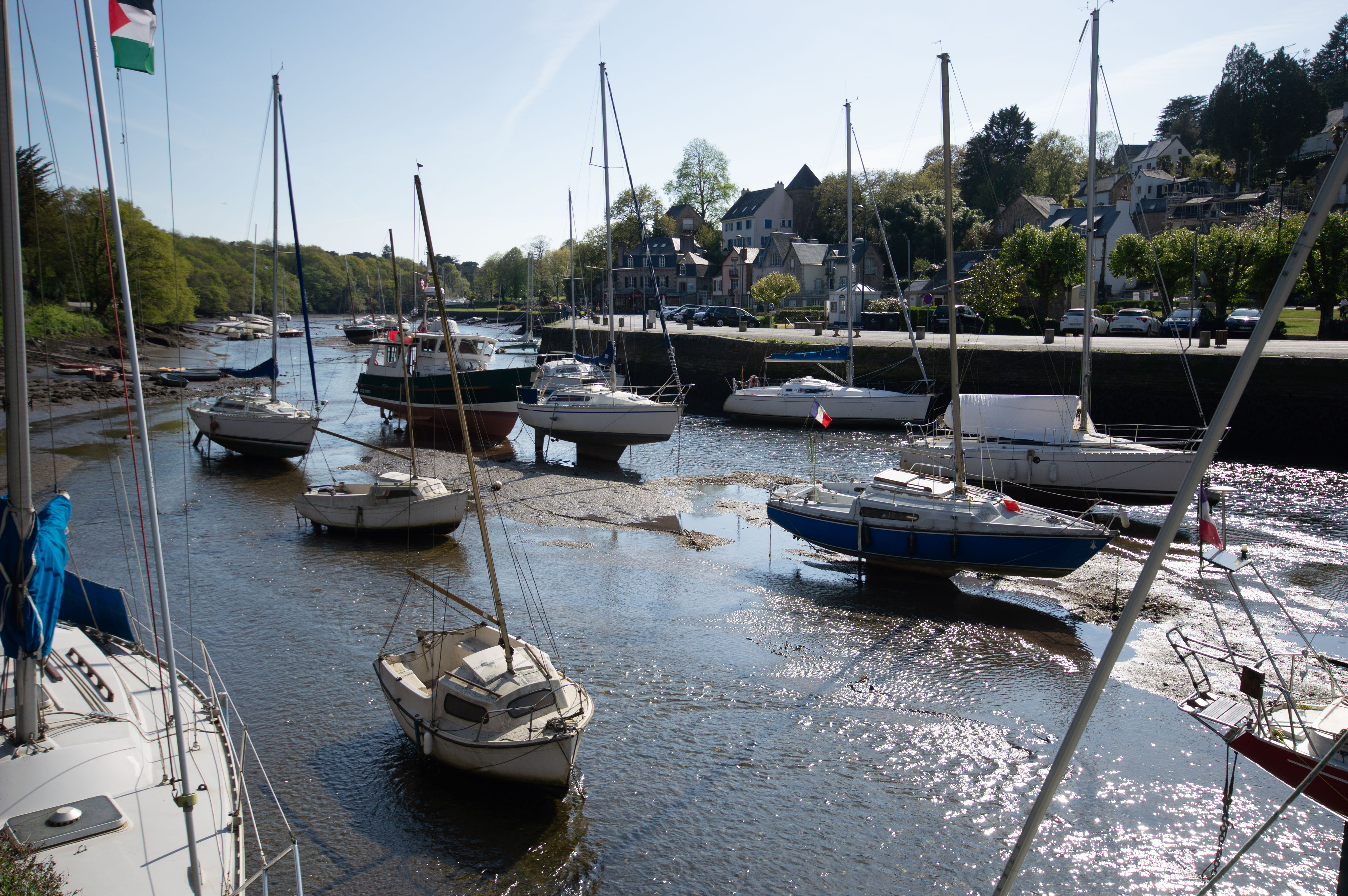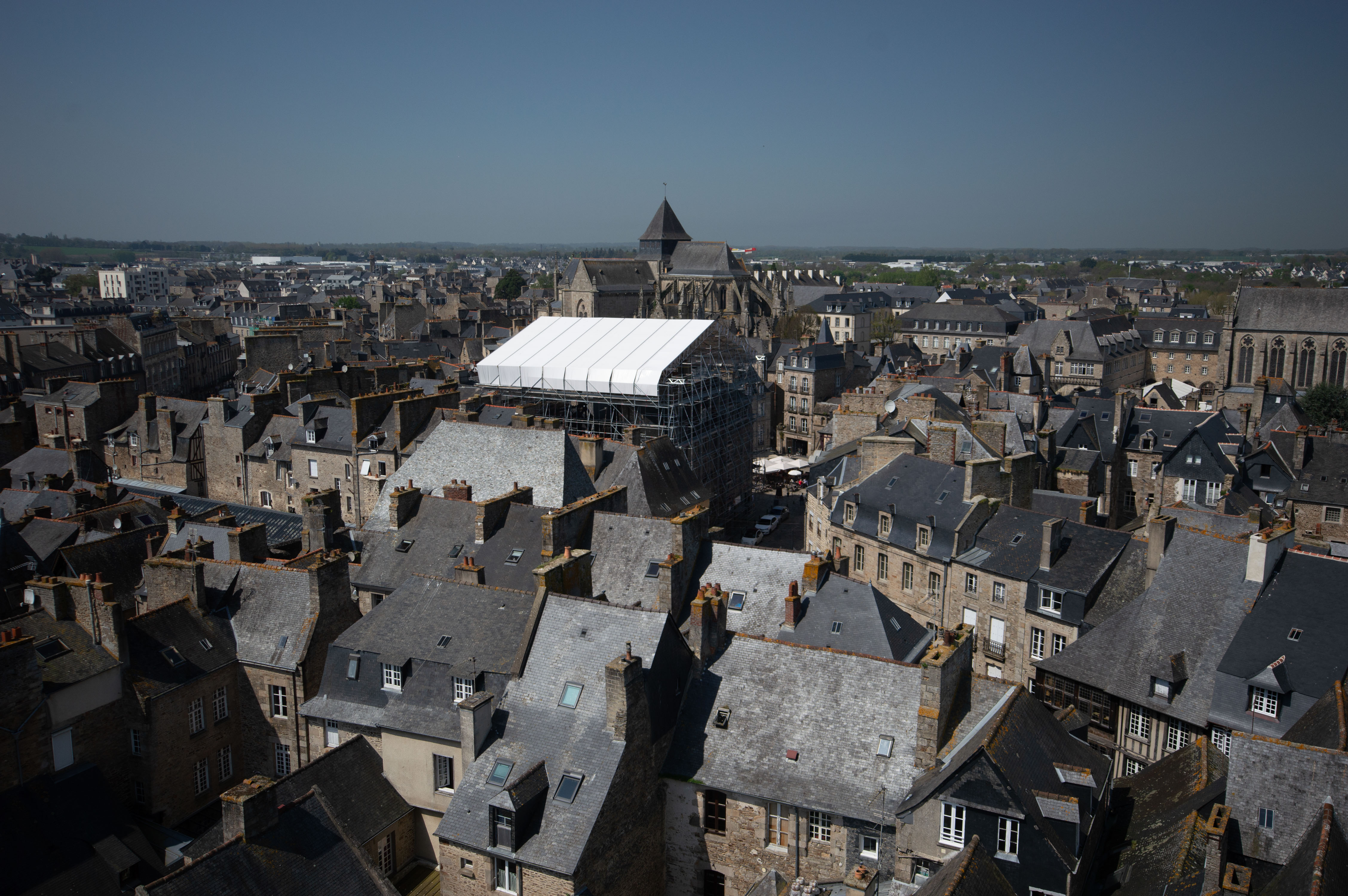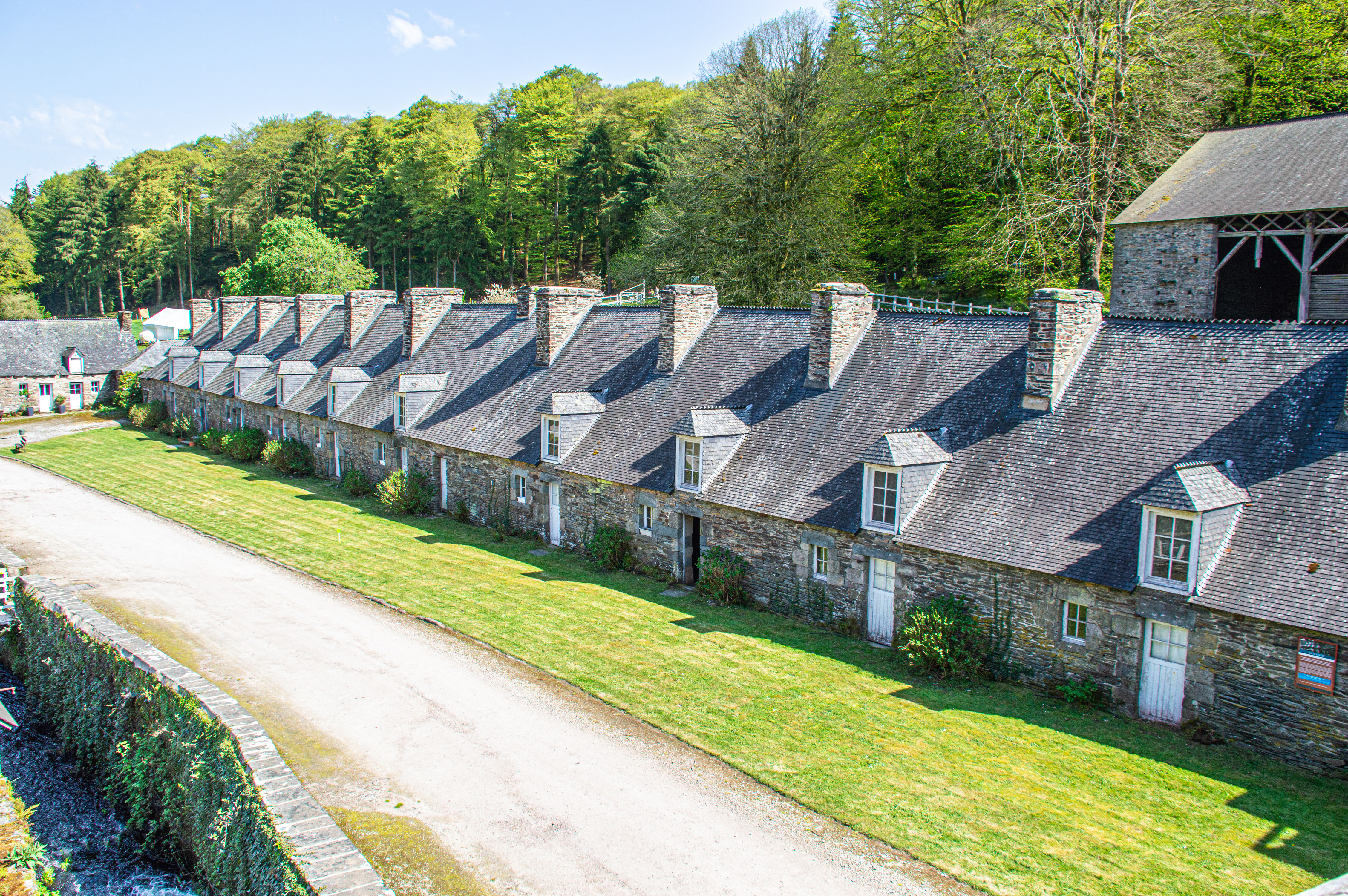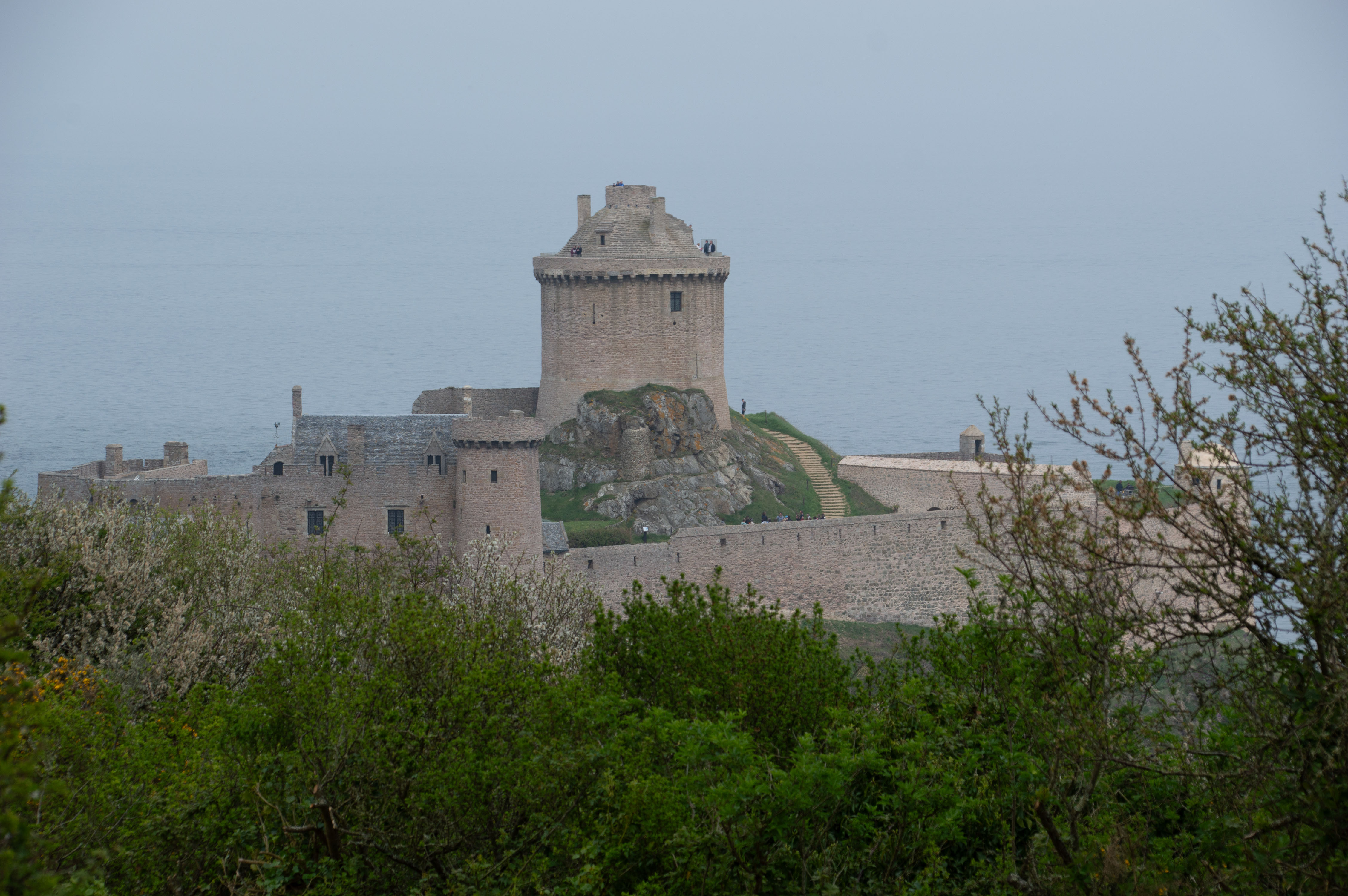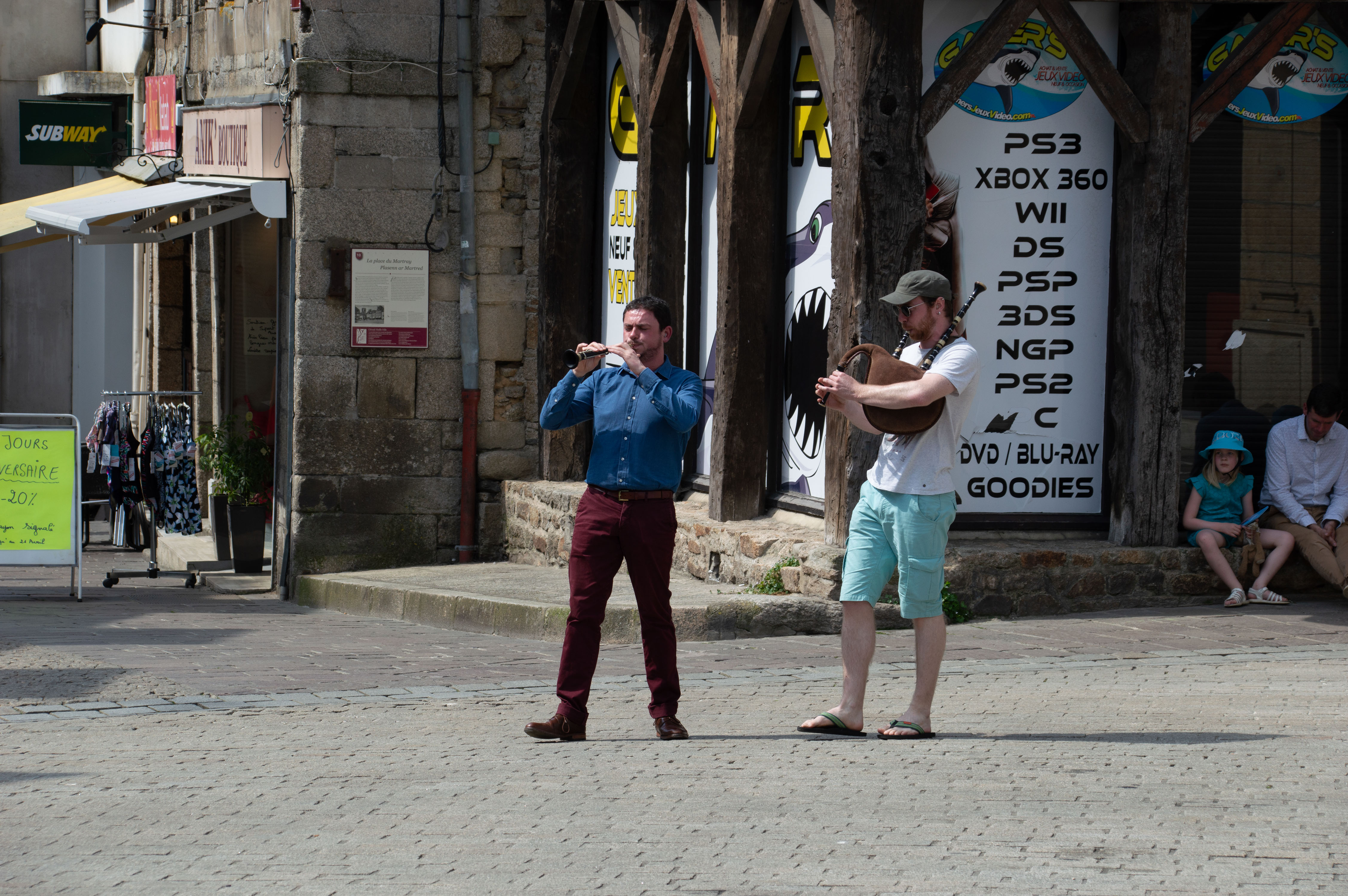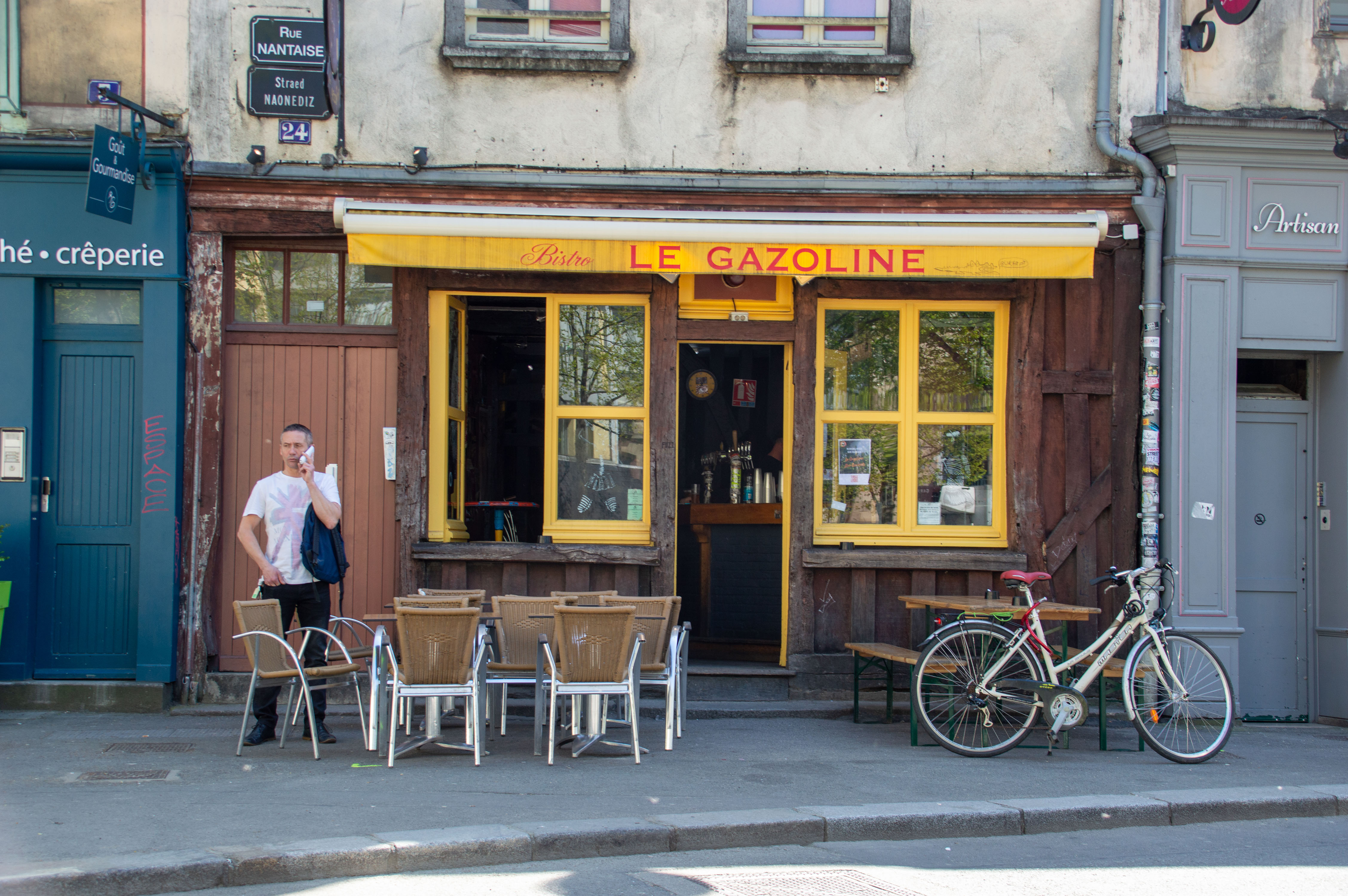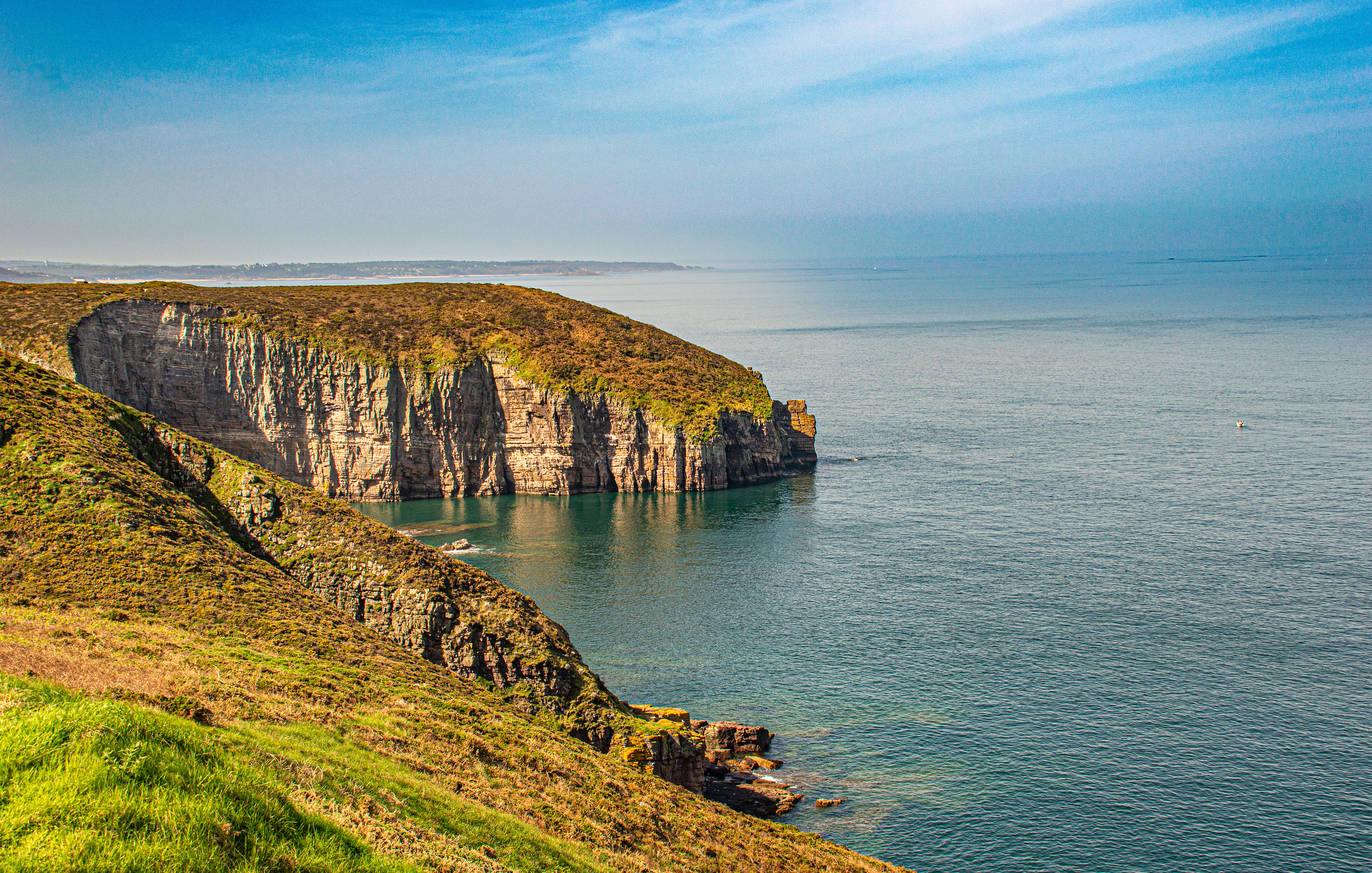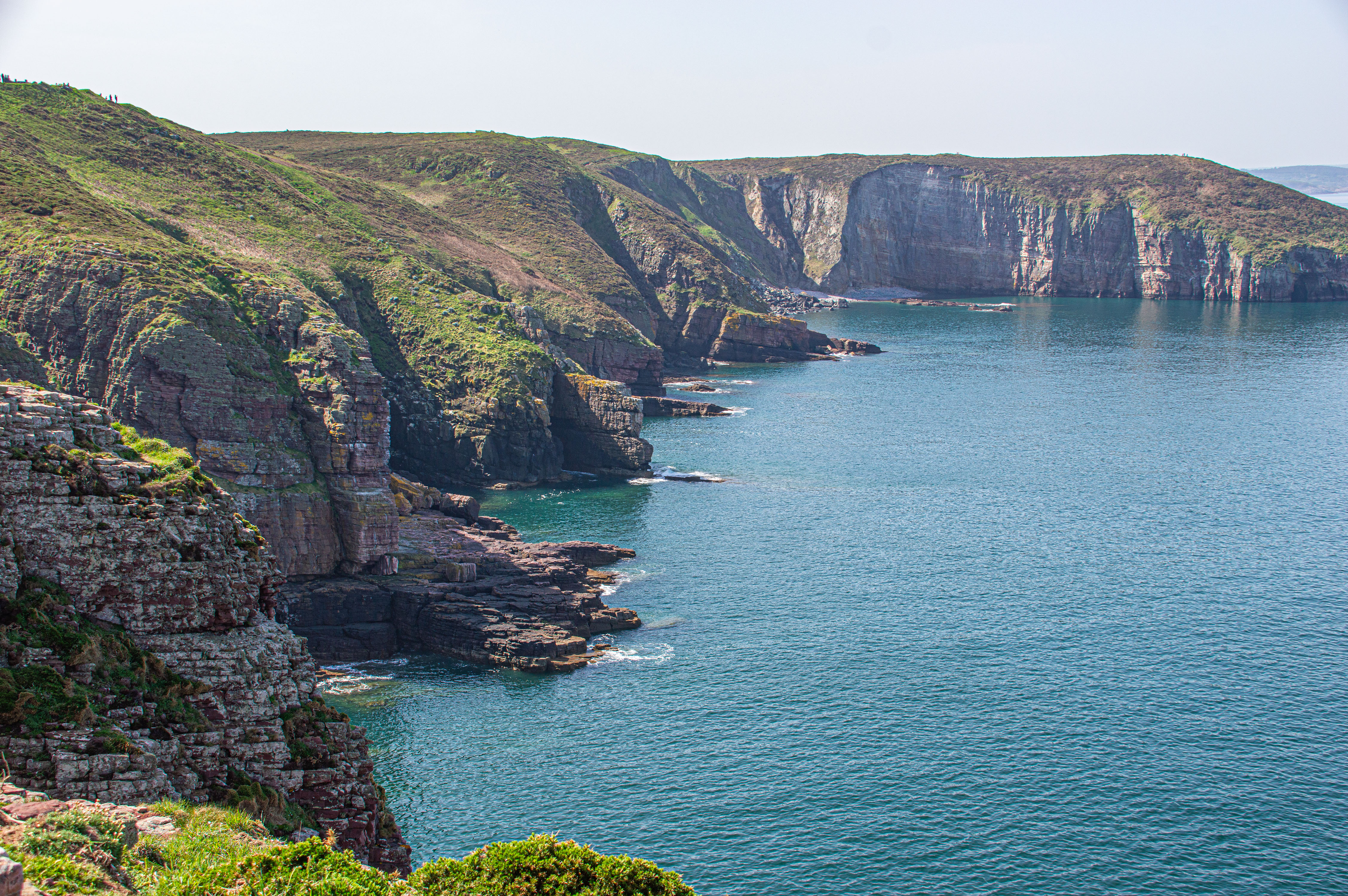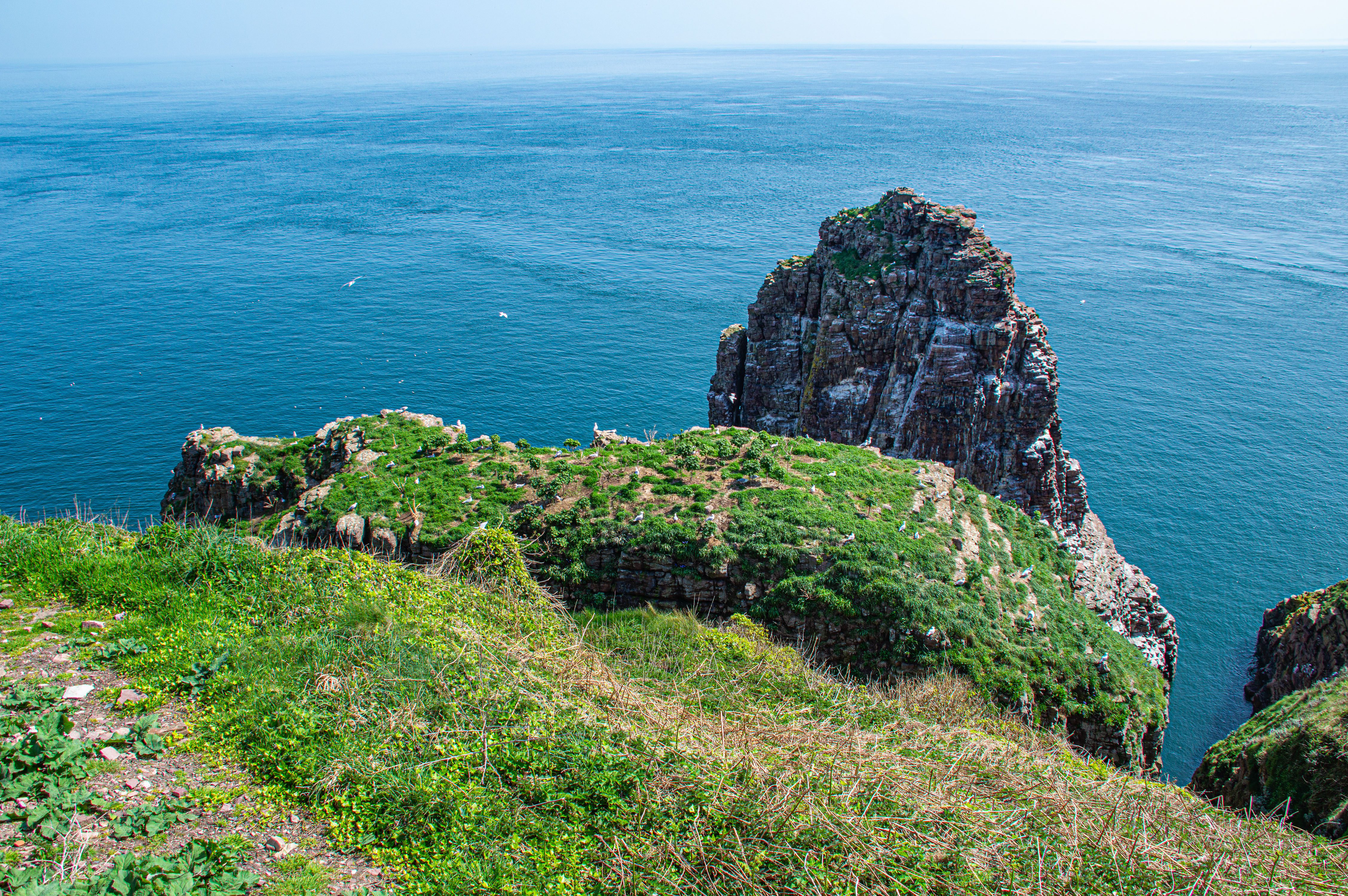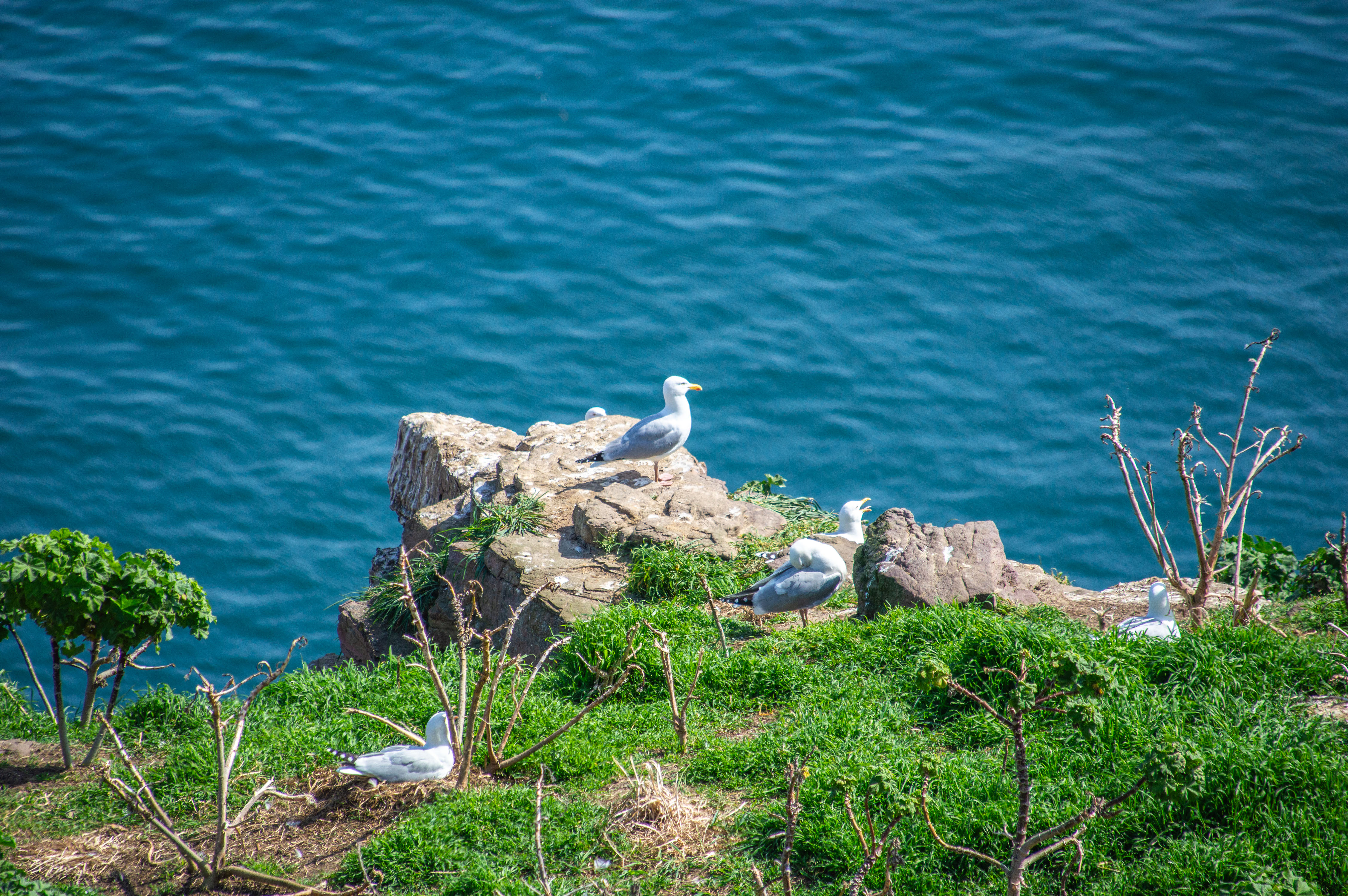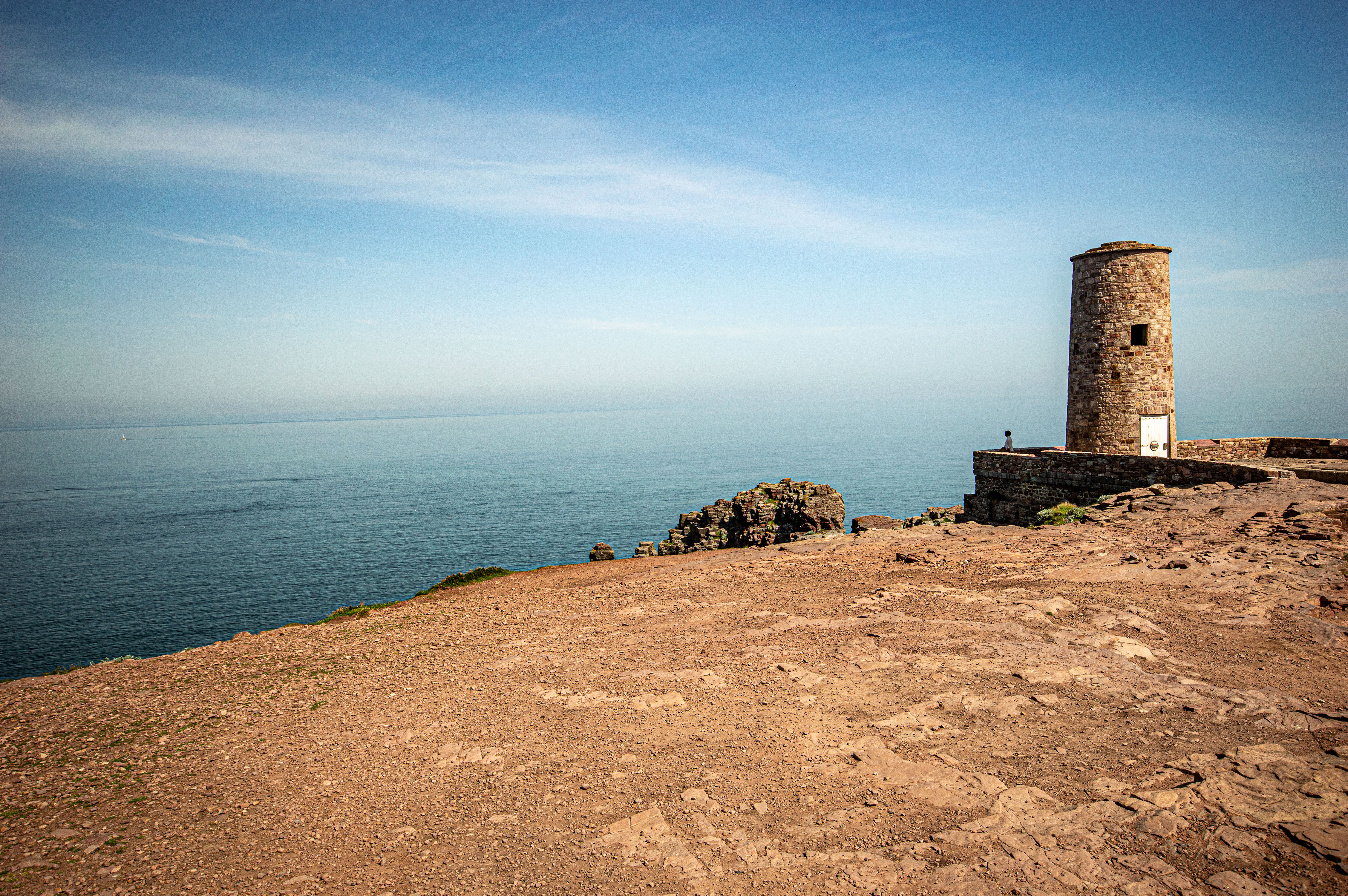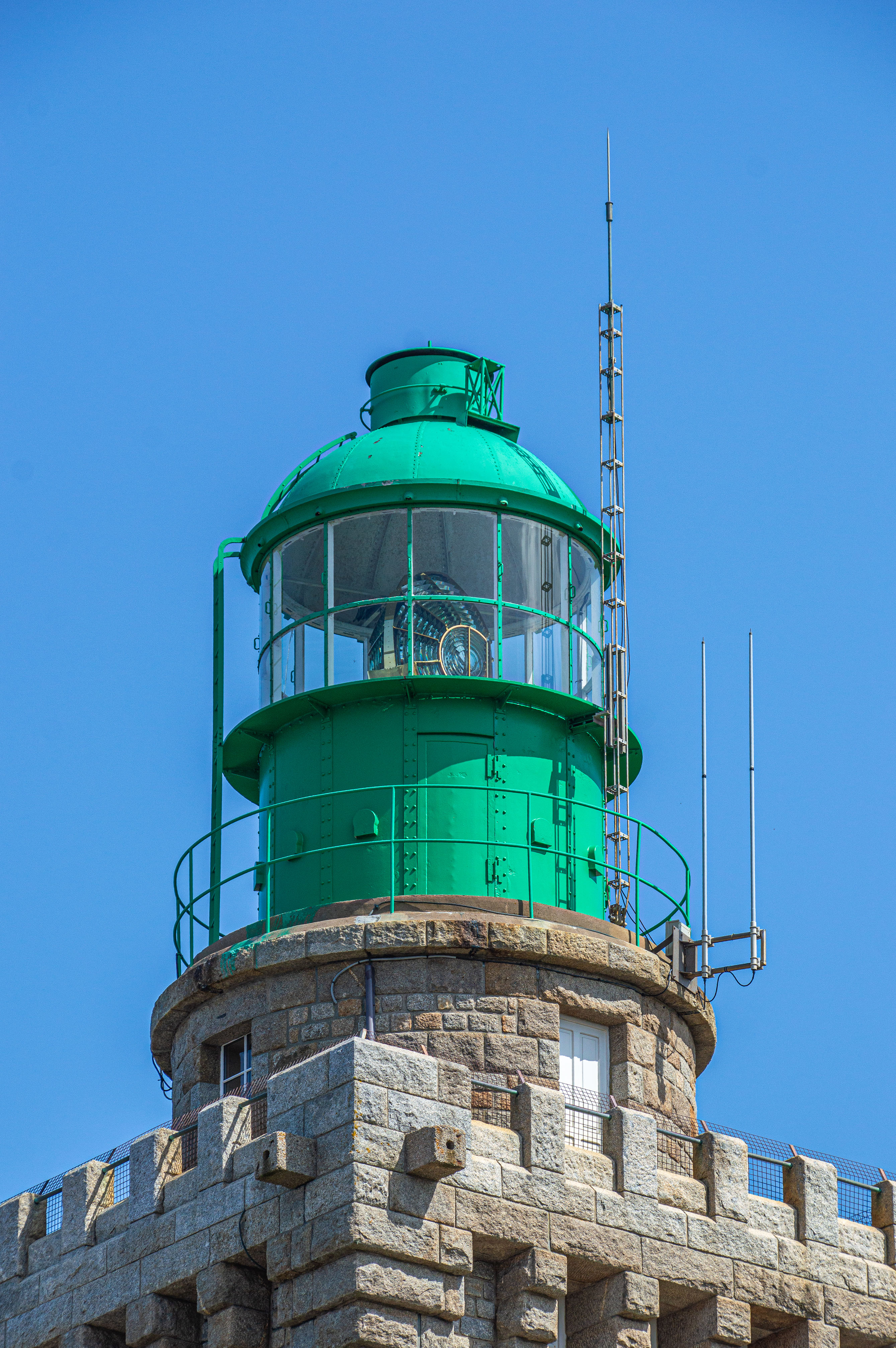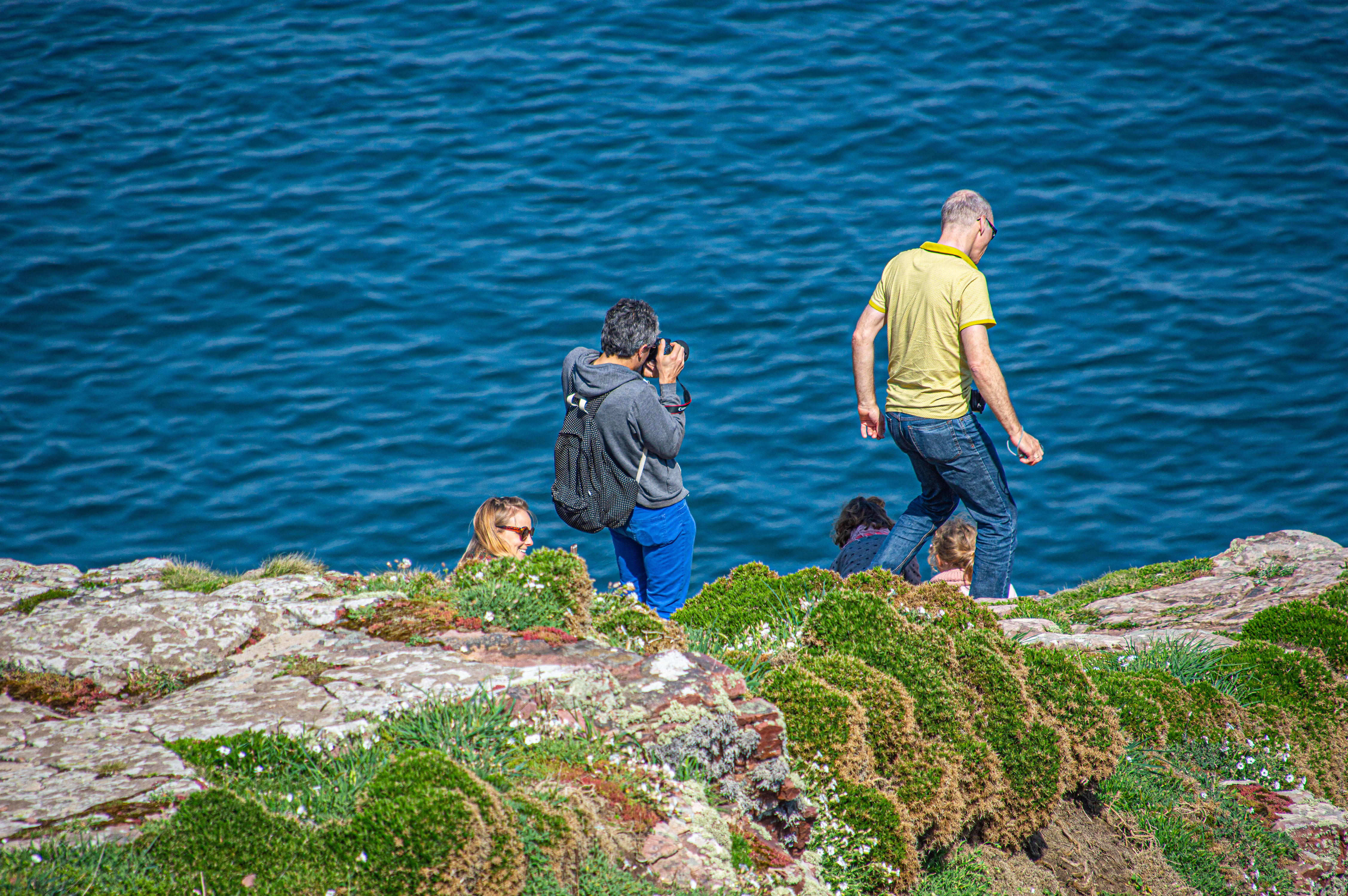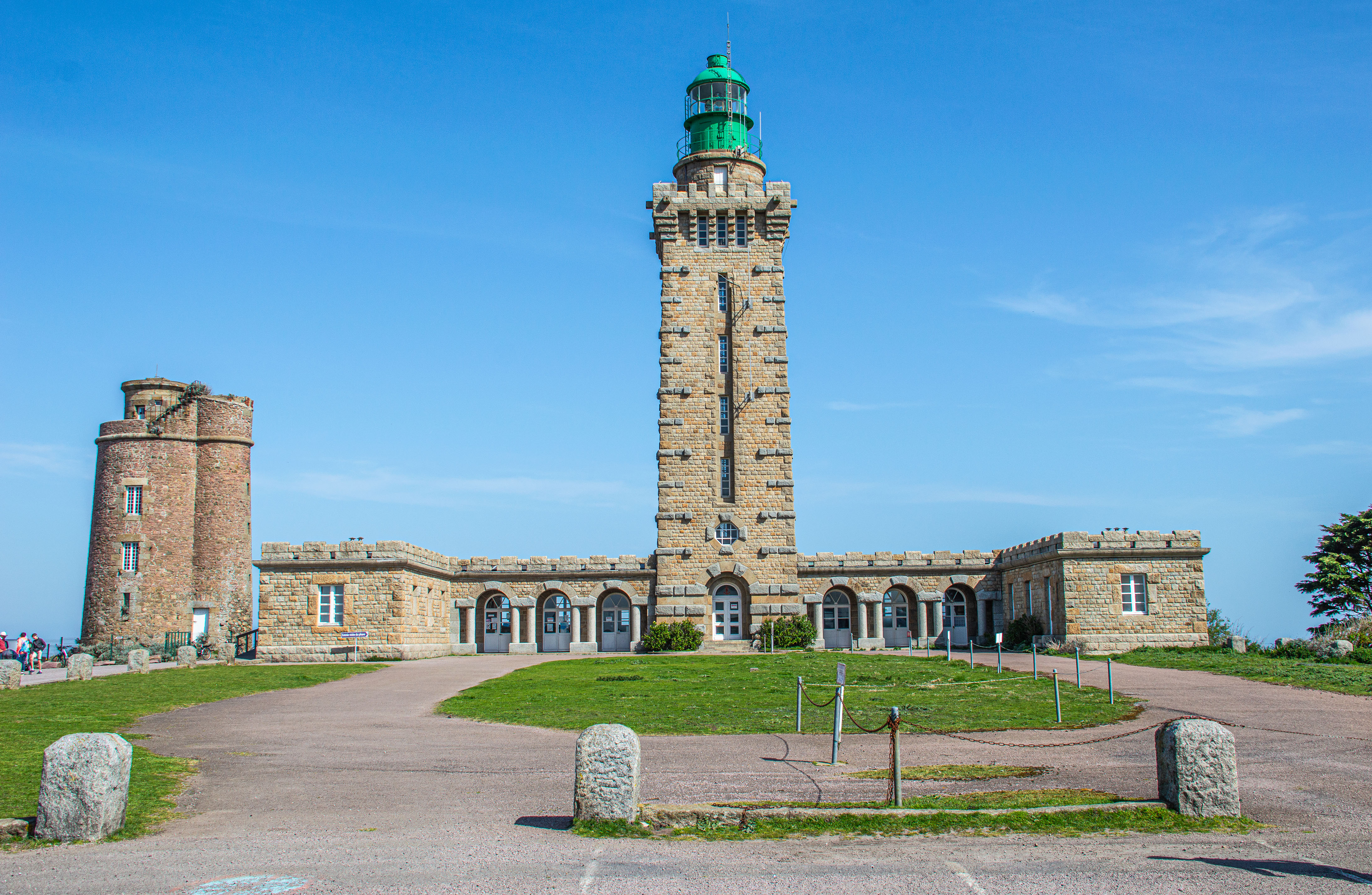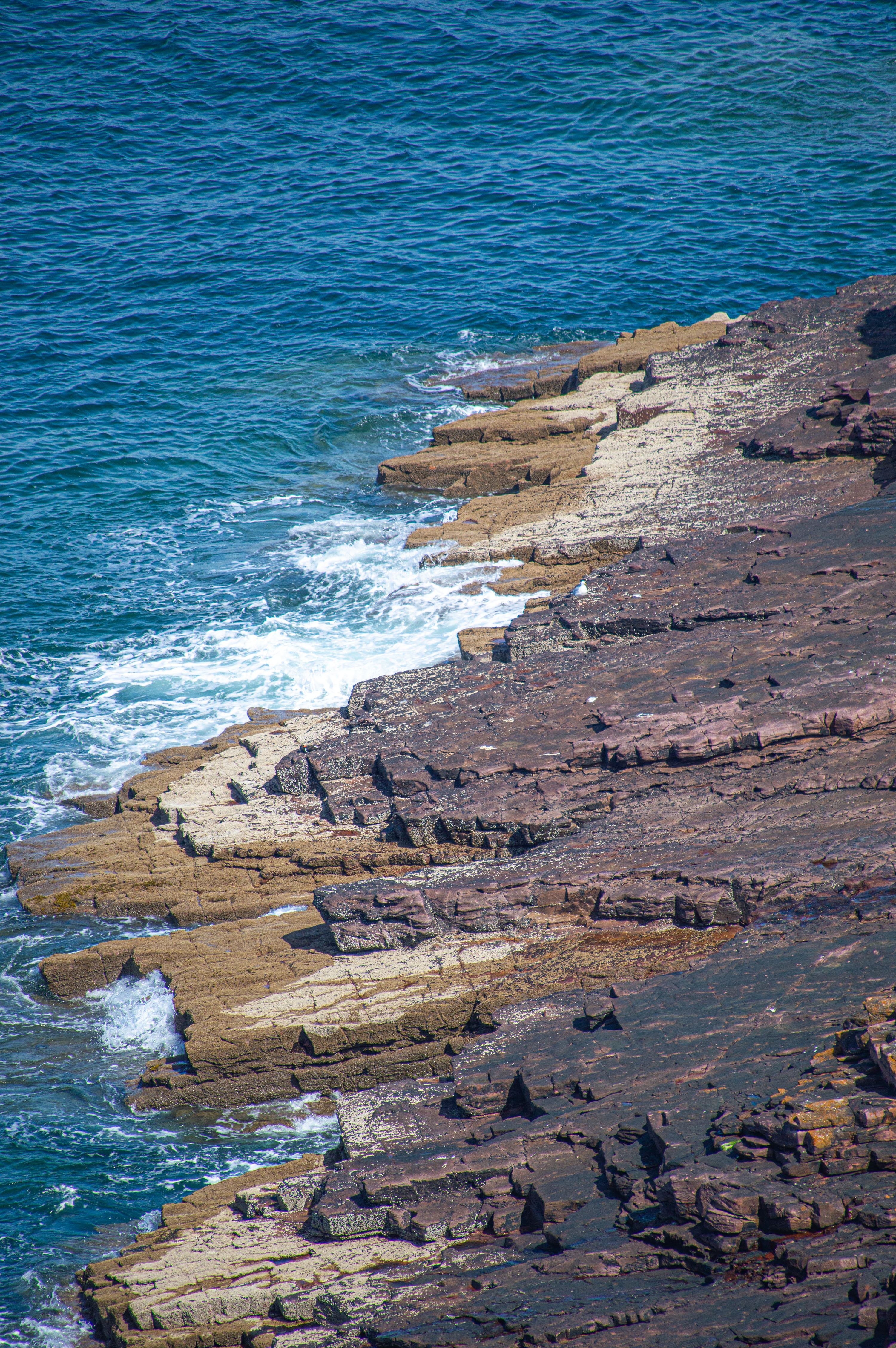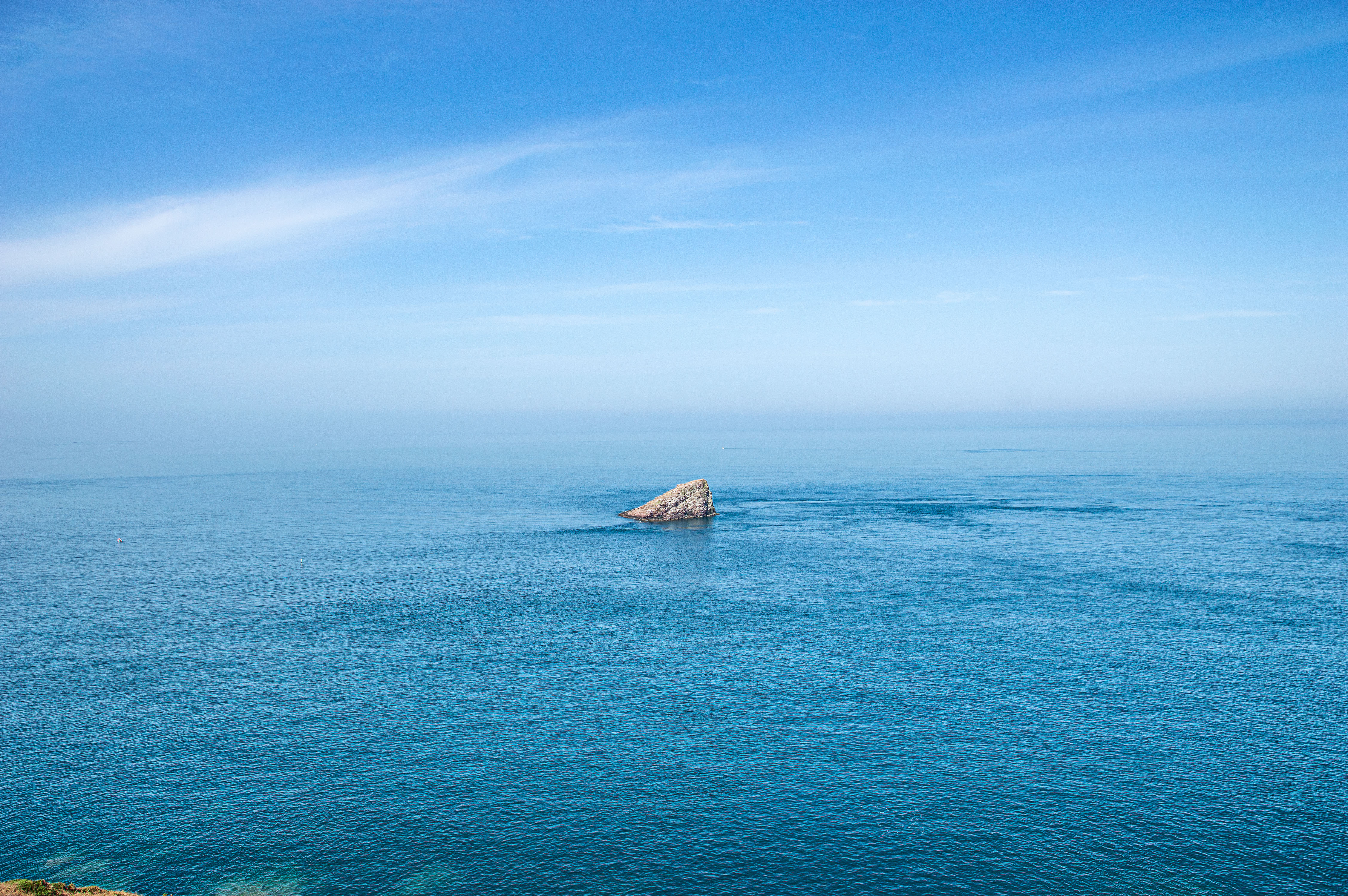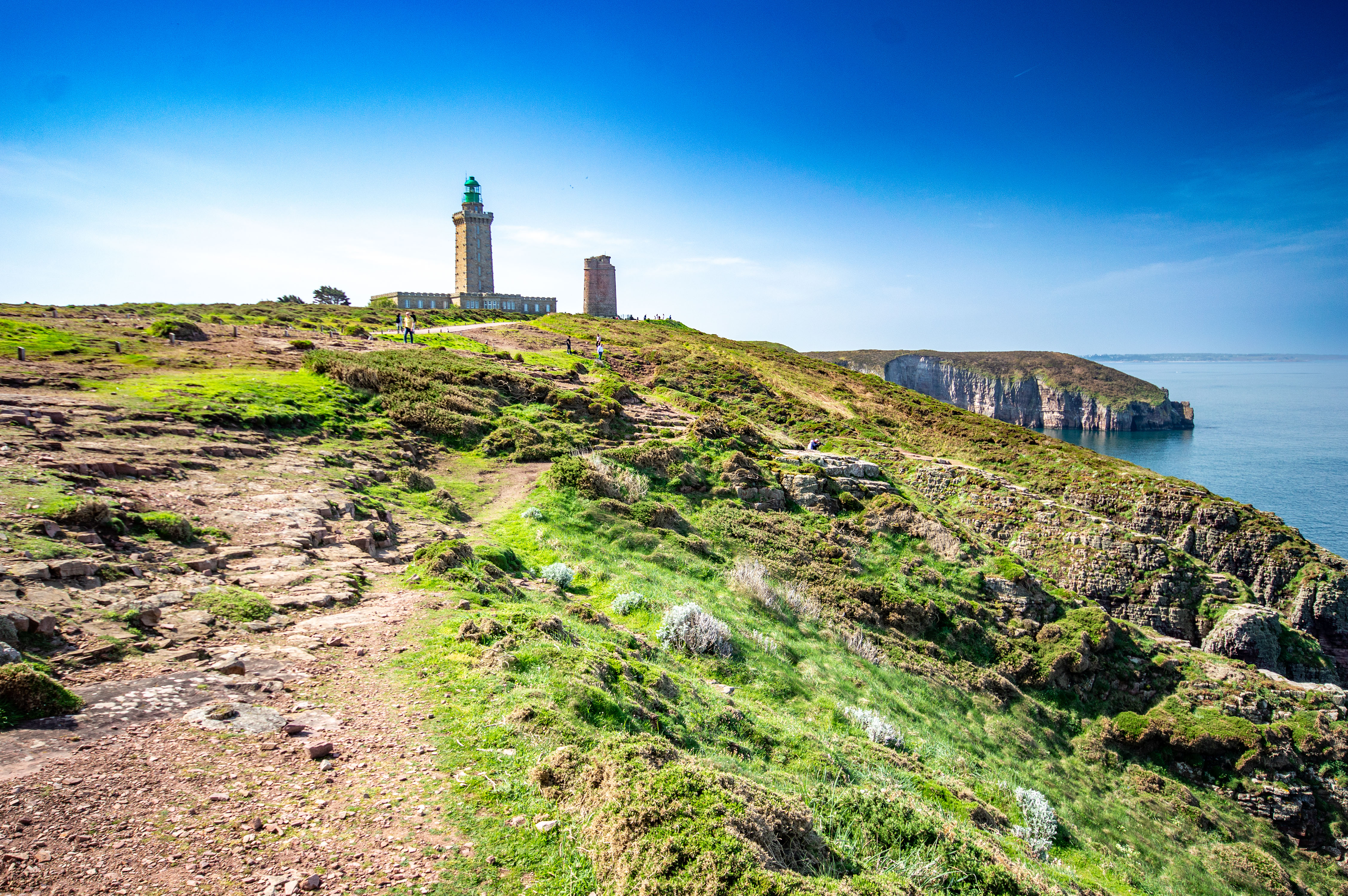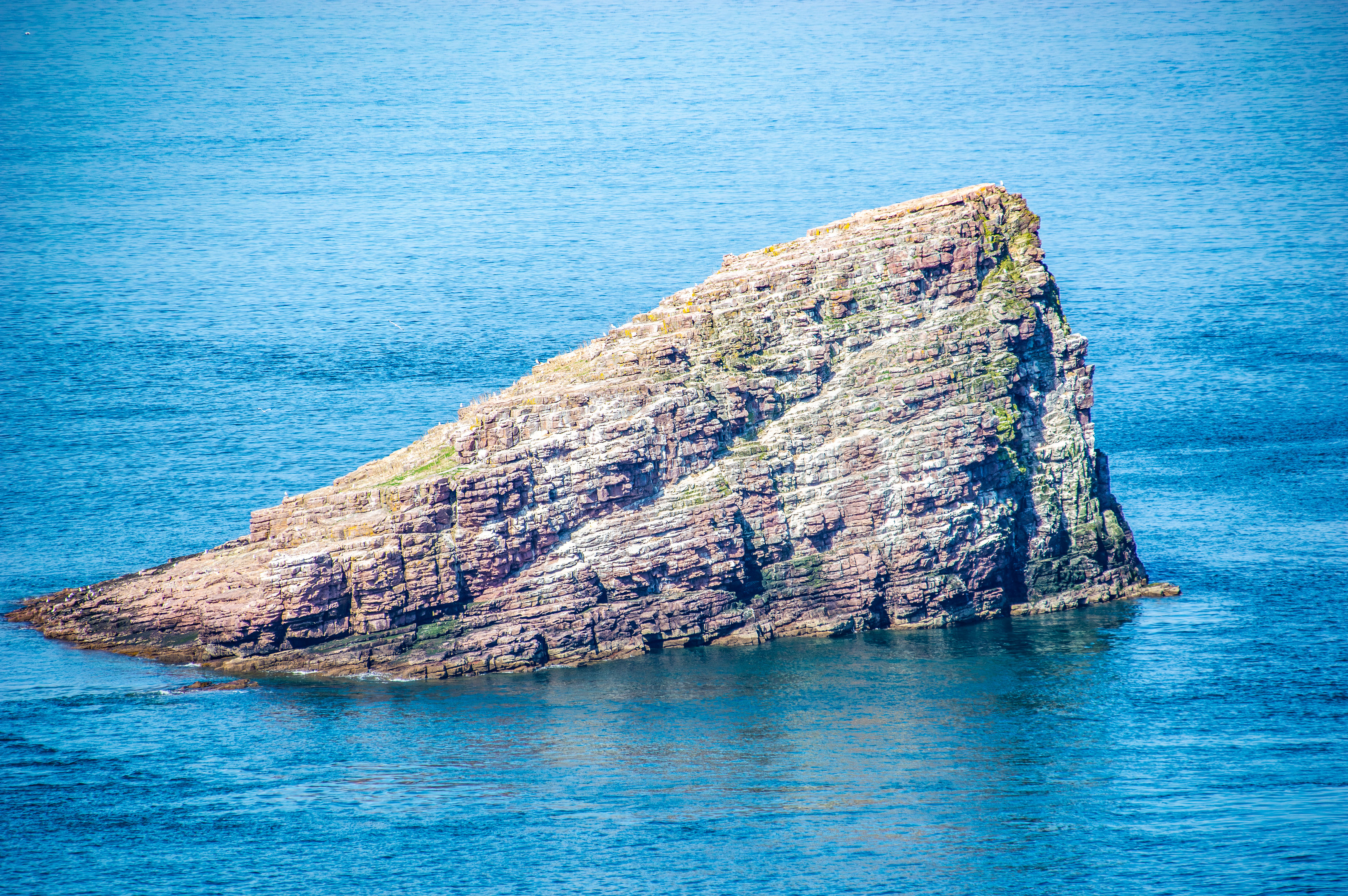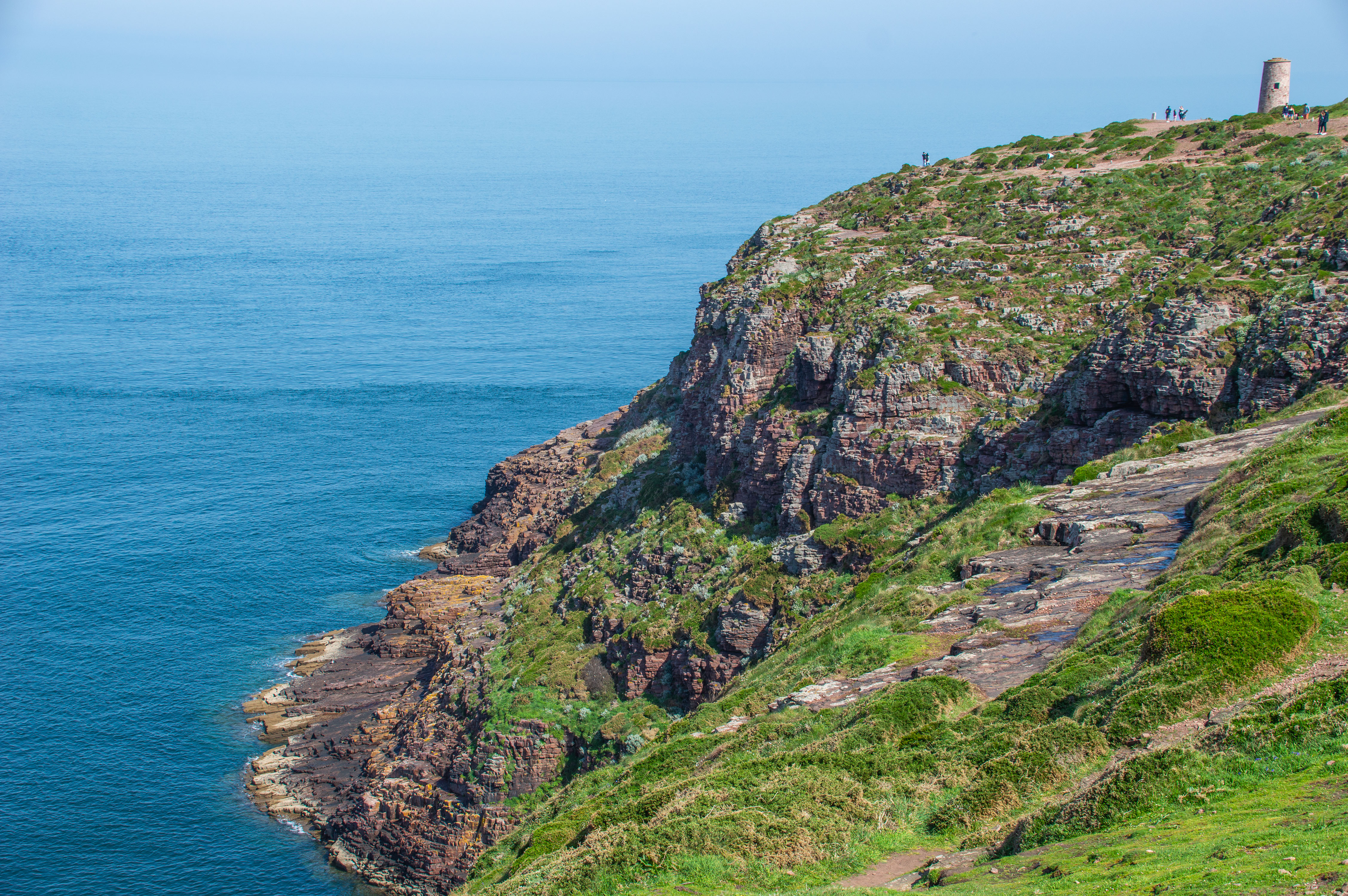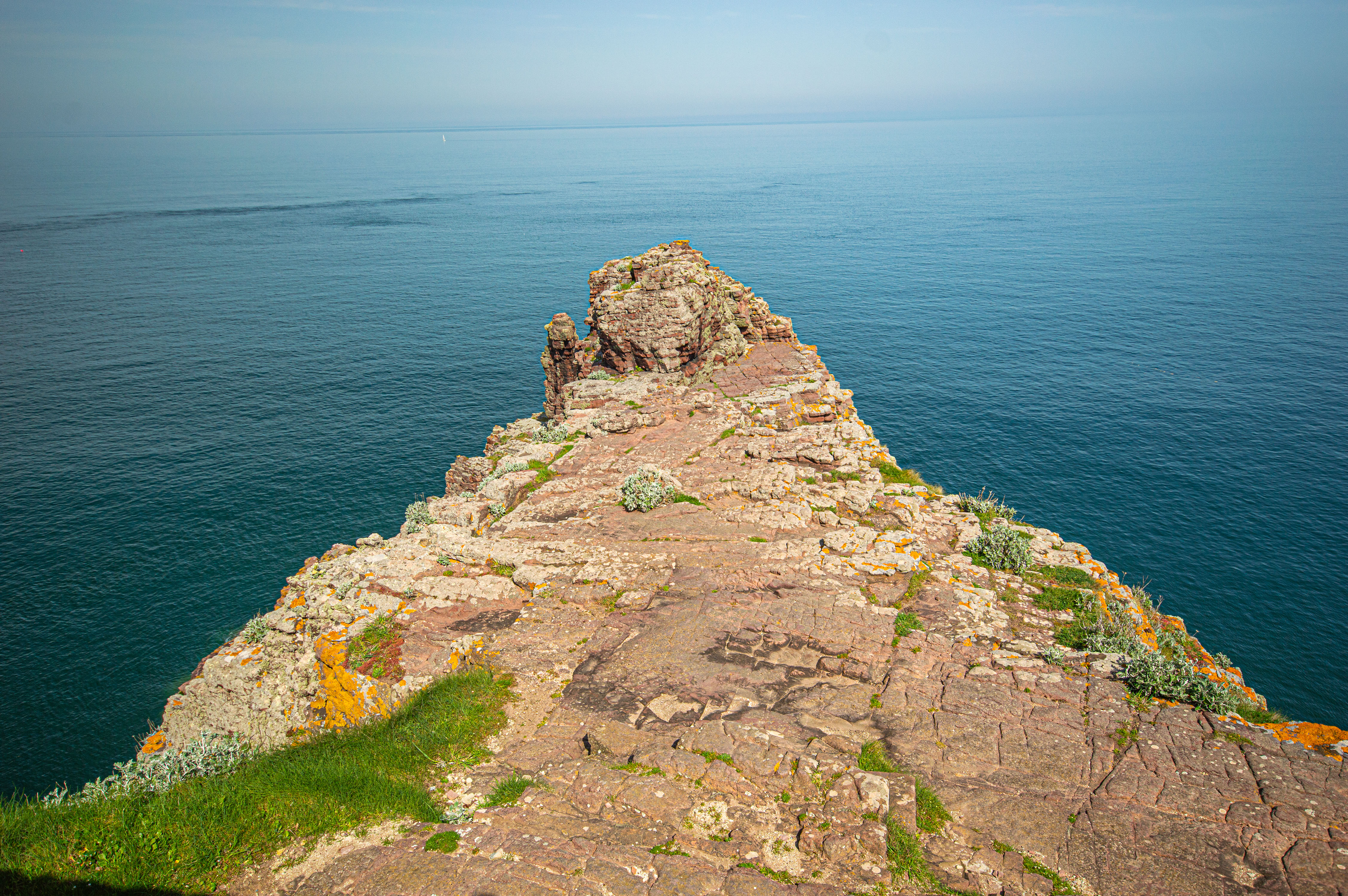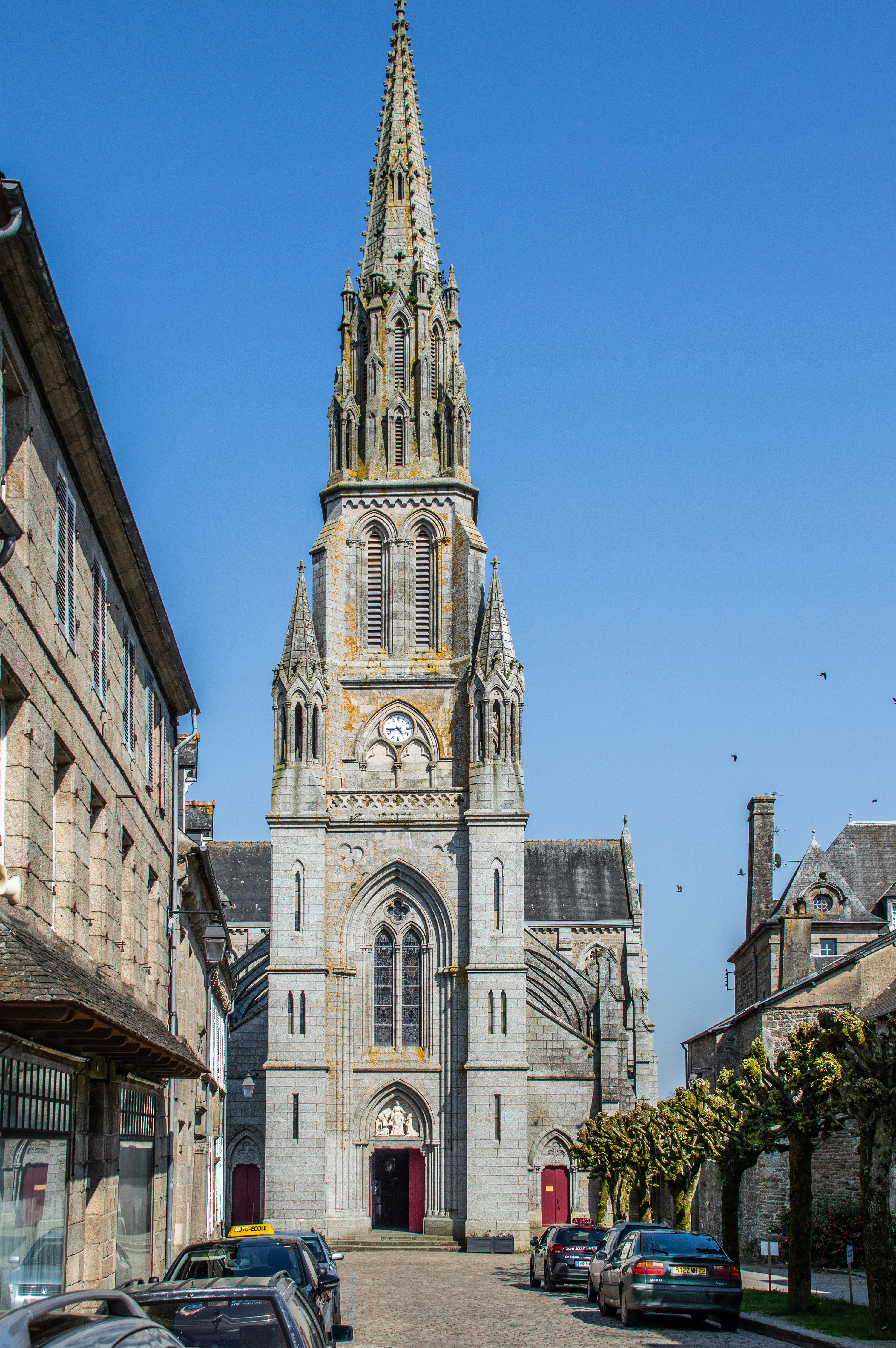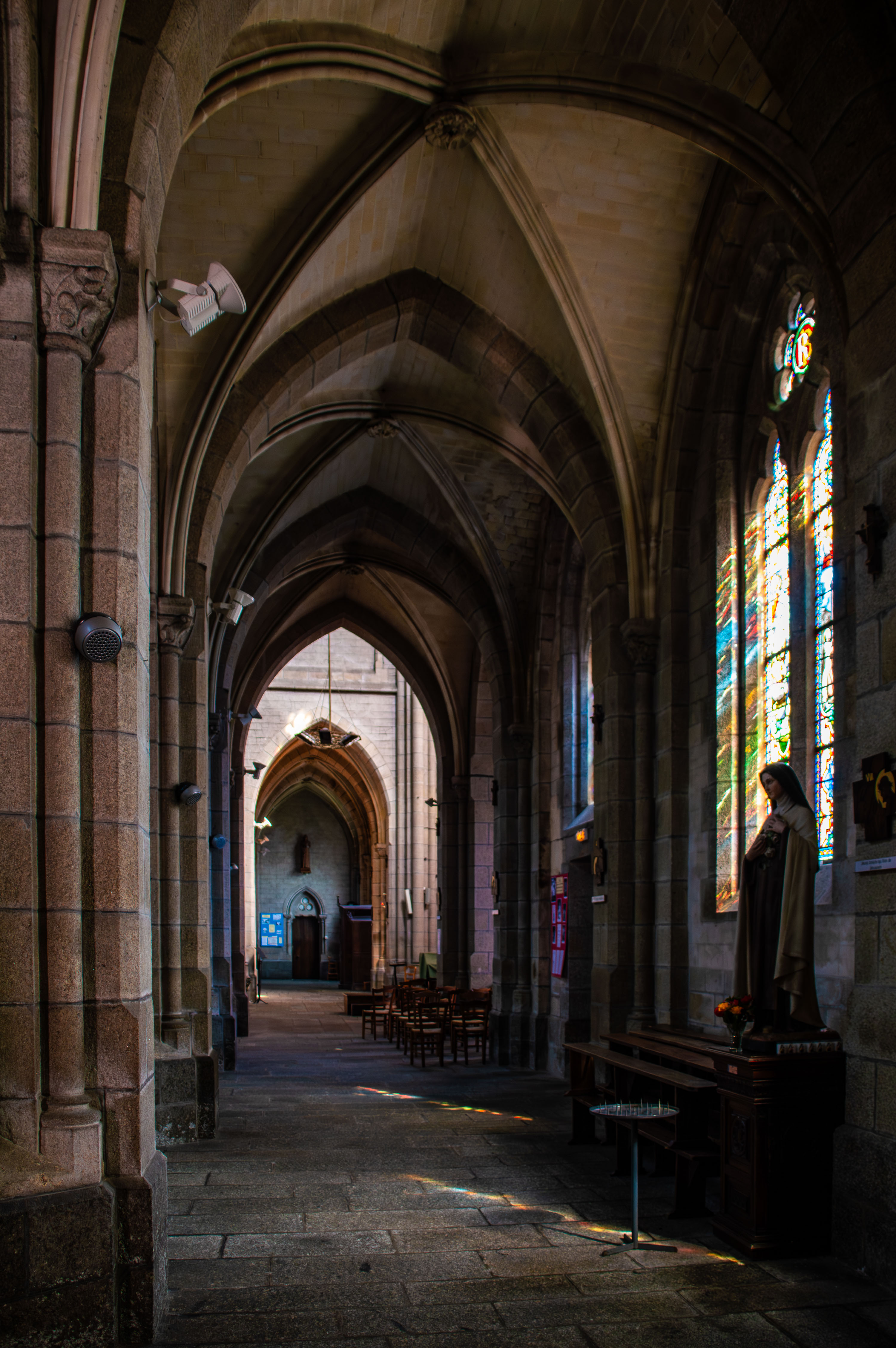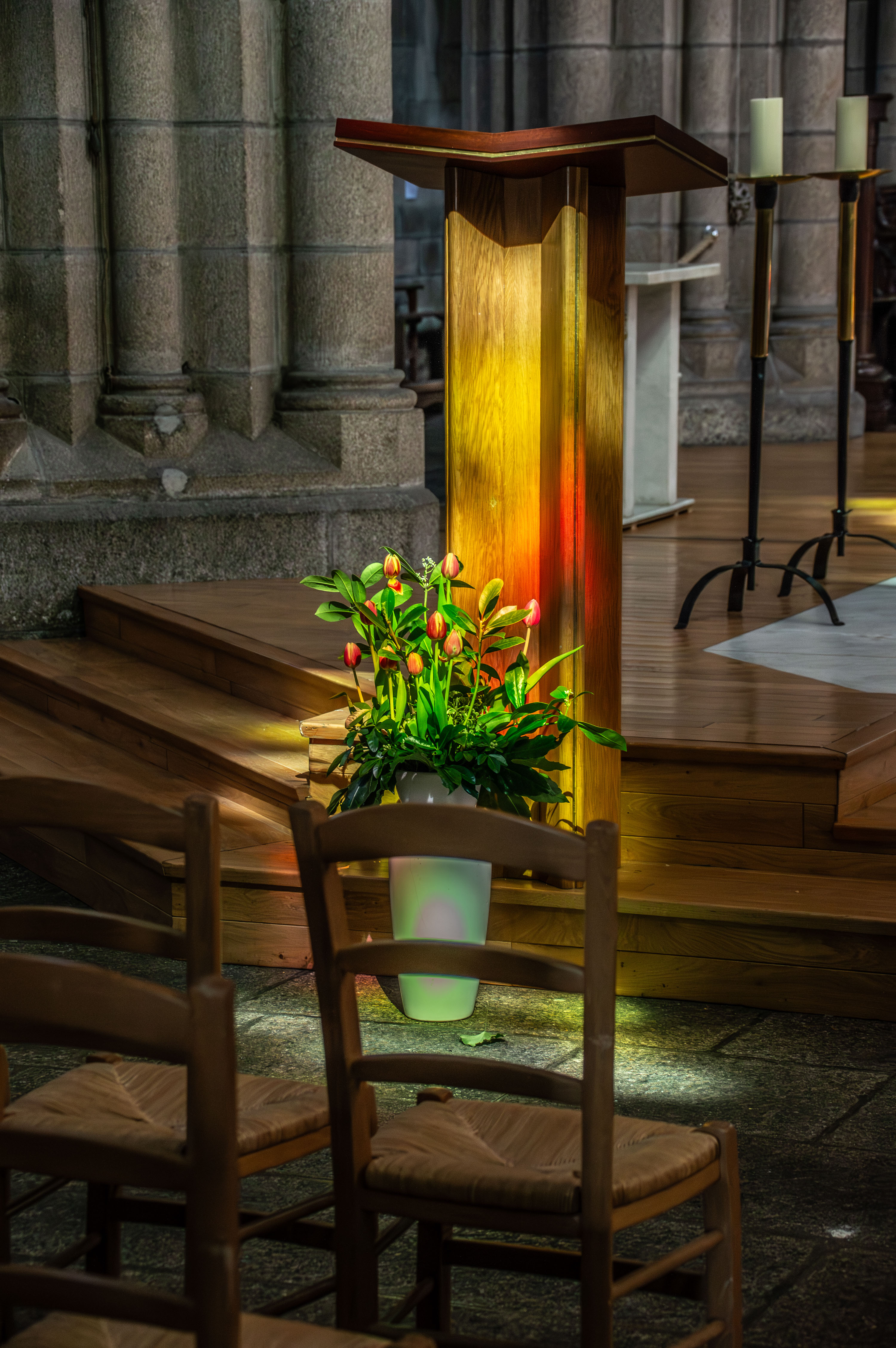Abbaye de Bon-Repos is a restored 12th-century Cistercian abbey in central Brittany, France, known for its evocative ruins, cultural events, and scenic setting along the Nantes–Brest Canal.
Established by Viscount Alan III de Rohan and his wife Constance, Duchess of Brittany, after a legendary vision of the Virgin Mary urged him to build a monastery on the site.The abbey thrived in the 12th–13th centuries, with monks clearing land, farming, and managing estates. From the 16th century, the commendatory system weakened monastic life, and by the French Revolution (1789), the abbey was dissolved and sold as national property. In the late 20th century, local associations began restoring the ruins, transforming them into a cultural and tourist site.
References
Text generated by Microsoft CoPilot


